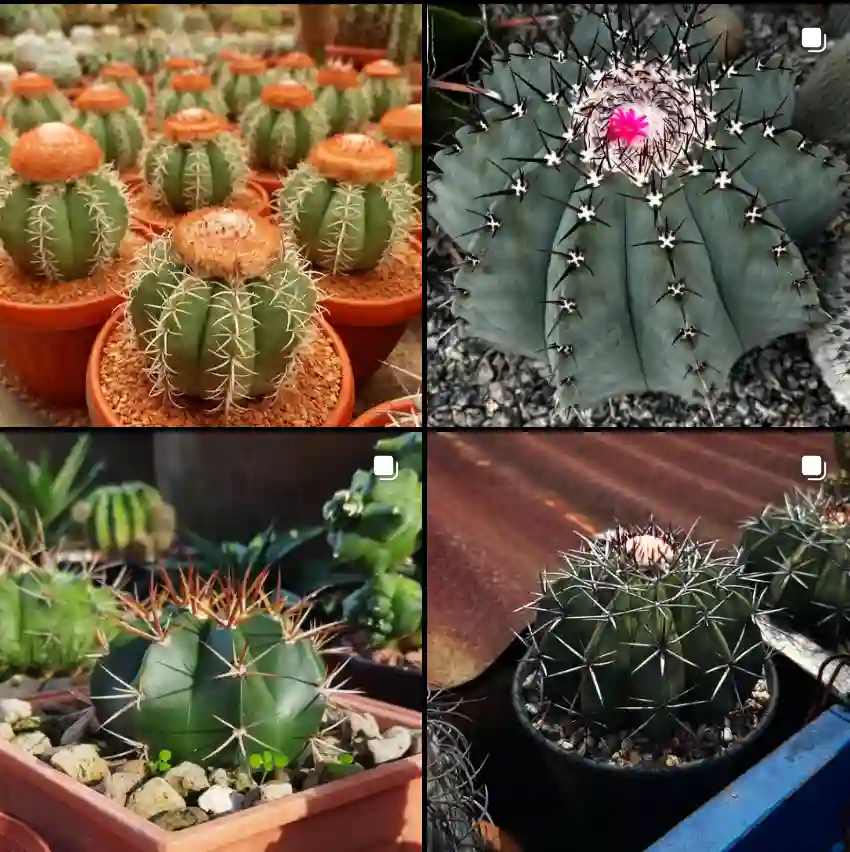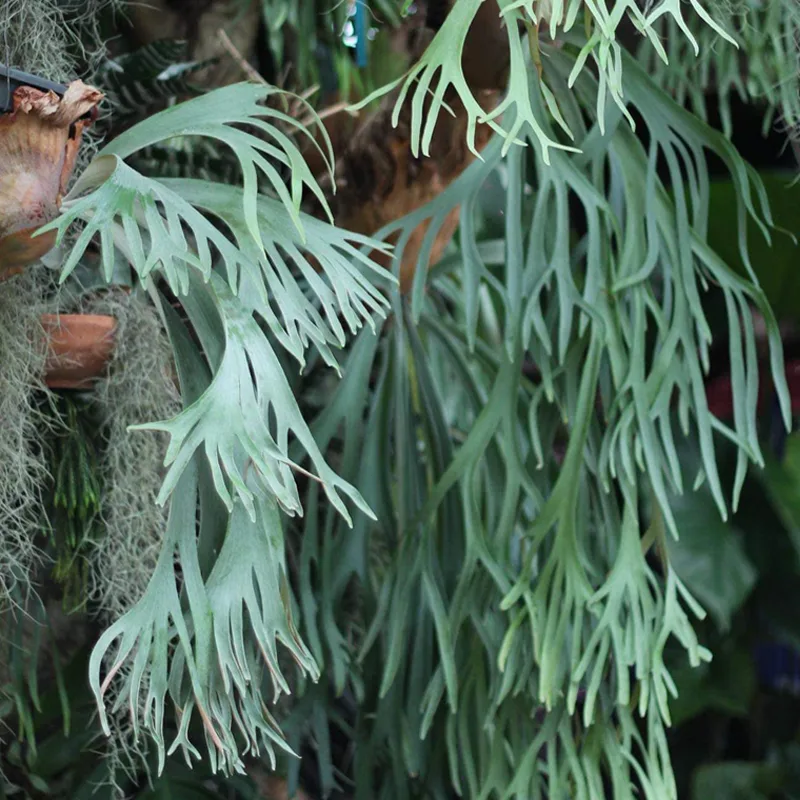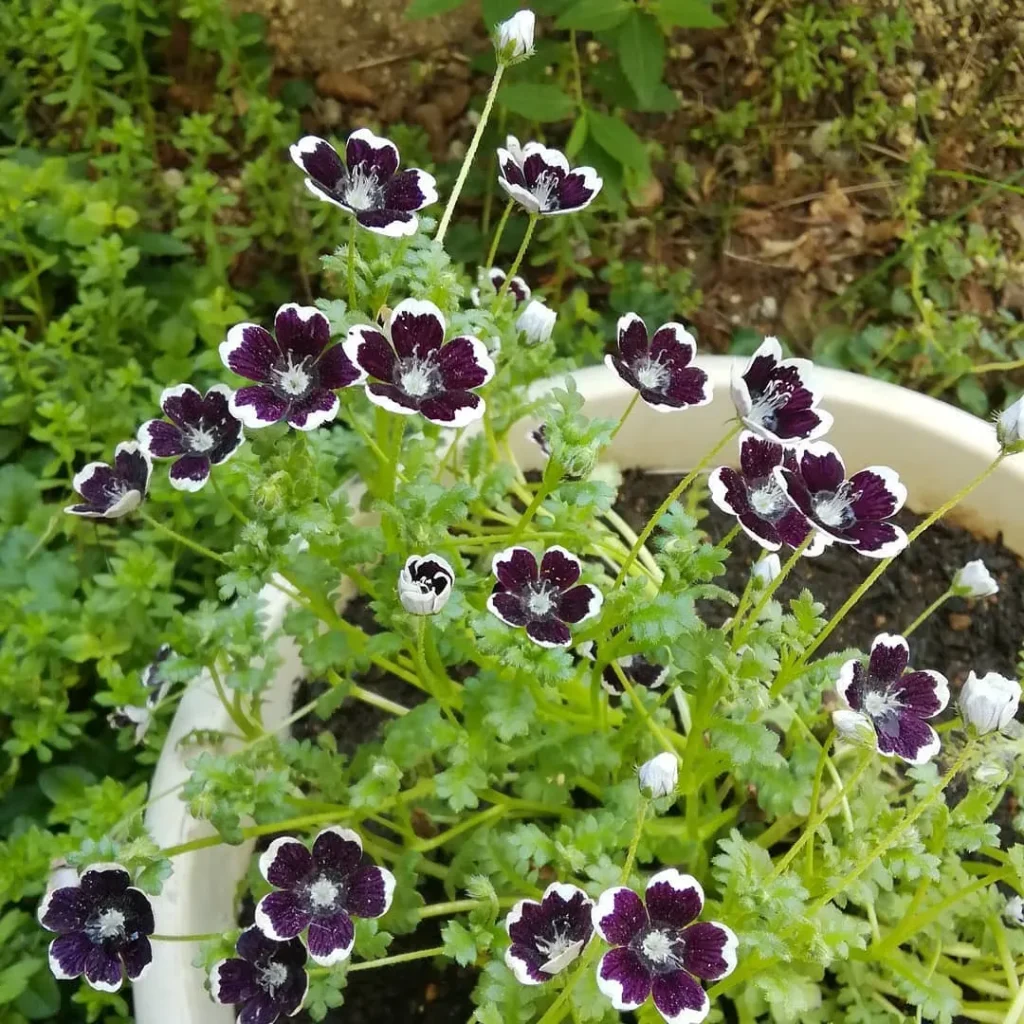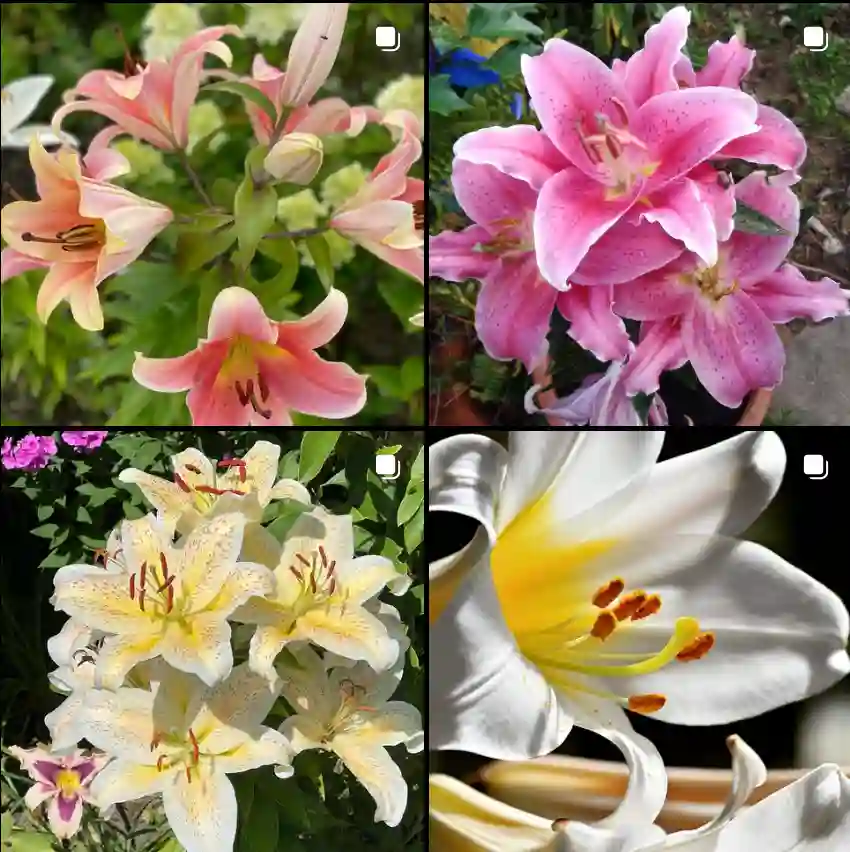FAQs About Amaranthus Blitoides
As a plant enthusiast, I’ve always been fascinated by the diverse world of plants. One plant that recently caught my eye is Amaranthus Blitoides, also known as the prostrate pigweed. It’s a unique and versatile plant that often prompts many questions. I’m here to share what I’ve learned about Amaranthus Blitoides, covering everything from care tips to common problems.
What is Amaranthus Blitoides?
Amaranthus Blitoides, commonly referred to as prostrate pigweed, is a member of the Amaranthaceae family. It’s known for its sprawling, mat-like growth habit and can be found growing in various habitats, from disturbed soils to garden beds. This plant features small, greenish flowers and a dense, ground-covering foliage. It’s often admired for its resilience and adaptability.
Plant Family: 184 Genera in Amaranthaceae
How to Care for Amaranthus Blitoides?
Caring for Amaranthus Blitoides is relatively straightforward. Here are the essentials:
- Sunlight: This plant thrives in full sun but can tolerate partial shade. Aim for at least 6 hours of direct sunlight daily.
- Soil: It prefers well-draining soil but can adapt to a range of soil types. A sandy or loamy soil enriched with organic matter works best.
- Watering: While it’s drought-tolerant, regular watering helps it maintain a lush appearance. Ensure the soil is kept moist but not waterlogged.
- Fertilization: Amaranthus Blitoides benefits from a balanced fertilizer during the growing season. A light application in spring and mid-summer will keep it healthy.
- Pruning: Regular pruning can help maintain its shape and prevent it from becoming too leggy. Trim back any overgrown or dead stems as needed.
How to Propagate Amaranthus Blitoides?
Propagating Amaranthus Blitoides is quite simple. Here’s how you can do it:
- Seeds: The most common method is through seeds. Collect seeds from mature plants in late summer or early fall. Sow them in well-prepared soil, either directly in the garden or in pots.
- Direct Sowing: You can sow seeds directly into the garden bed after the last frost. Space the seeds about 12 inches apart, as the plants will spread out.
- Indoor Seed Starting: For an earlier start, sow seeds indoors 6-8 weeks before the last expected frost. Transplant the seedlings outdoors once they’re strong enough and the weather has warmed.
What to Plant With Amaranthus Blitoides?
Amaranthus Blitoides pairs well with a variety of plants. Consider these companions for a complementary garden display:
- Low-Growing Annuals: Plants like petunias and begonias work well with the sprawling habit of Amaranthus Blitoides.
- Herbs: Herbs such as basil and oregano can provide a nice contrast and help with pest control.
- Succulents: Their contrasting textures and colors can highlight the lush foliage of Amaranthus Blitoides.
Is Amaranthus Blitoides Toxic?
Amaranthus Blitoides is generally considered non-toxic to humans and pets. However, it’s always a good idea to prevent pets from chewing on any plants, as some might cause mild digestive upset. If you have concerns about toxicity, consult a plant expert or veterinarian.
Benefits of Amaranthus Blitoides
Amaranthus Blitoides offers several benefits:
- Ground Cover: Its spreading nature makes it an excellent ground cover, suppressing weeds and reducing soil erosion.
- Erosion Control: Its dense foliage helps stabilize soil, making it a useful plant for preventing erosion on slopes or bare areas.
- Aesthetic Appeal: The lush, green carpet of Amaranthus Blitoides adds a vibrant touch to any garden or landscape.
Common Problems with Amaranthus Blitoides
Despite its resilience, Amaranthus Blitoides can face a few issues:
- Weed-Like Growth: Its rapid growth can sometimes be overwhelming, especially in garden beds where it might compete with other plants.
- Pests: Watch out for common garden pests like aphids and spider mites. Regular inspection and prompt treatment can help manage these issues.
- Disease: Fungal diseases can occasionally affect this plant, particularly in overly wet conditions. Ensure good air circulation and avoid overhead watering to prevent fungal growth.
Compare with Similar Plants
Amaranthus Blitoides is sometimes confused with other Amaranth species, such as:
- Amaranthus Retroflexus: Known as redroot pigweed, it has a more upright growth compared to the sprawling habit of Amaranthus Blitoides.
- Amaranthus Caudatus: Also known as love-lies-bleeding, this species features long, drooping flower clusters, whereas Amaranthus Blitoides has a more compact appearance.
Conclusion
Amaranthus Blitoides is a versatile and resilient plant that can enhance any garden with its dense, ground-covering growth. By understanding its care requirements and potential issues, you can make the most of this unique plant. Whether you’re using it for erosion control or as a lush ground cover, Amaranthus Blitoides is a valuable addition to any plant enthusiast’s collection.
If i die, water my plants!



